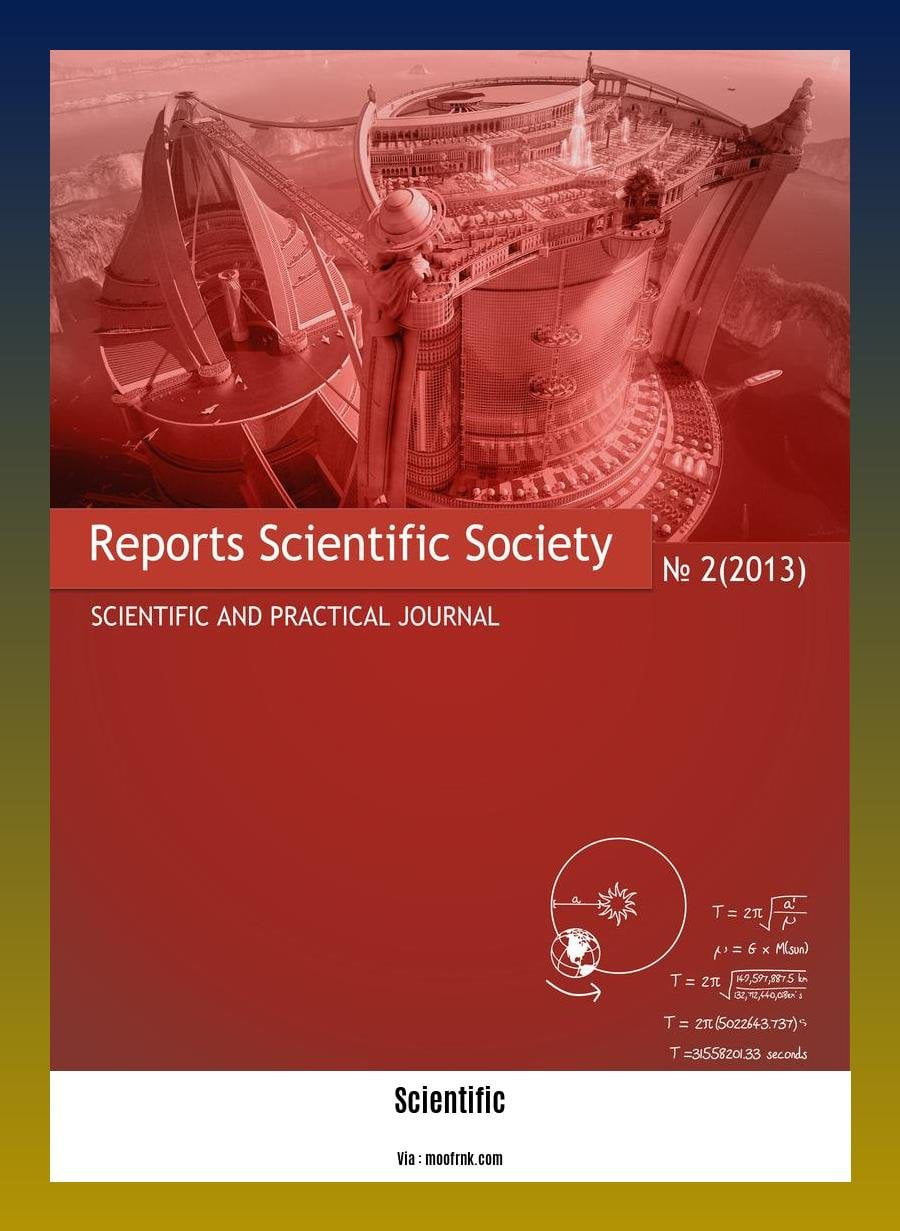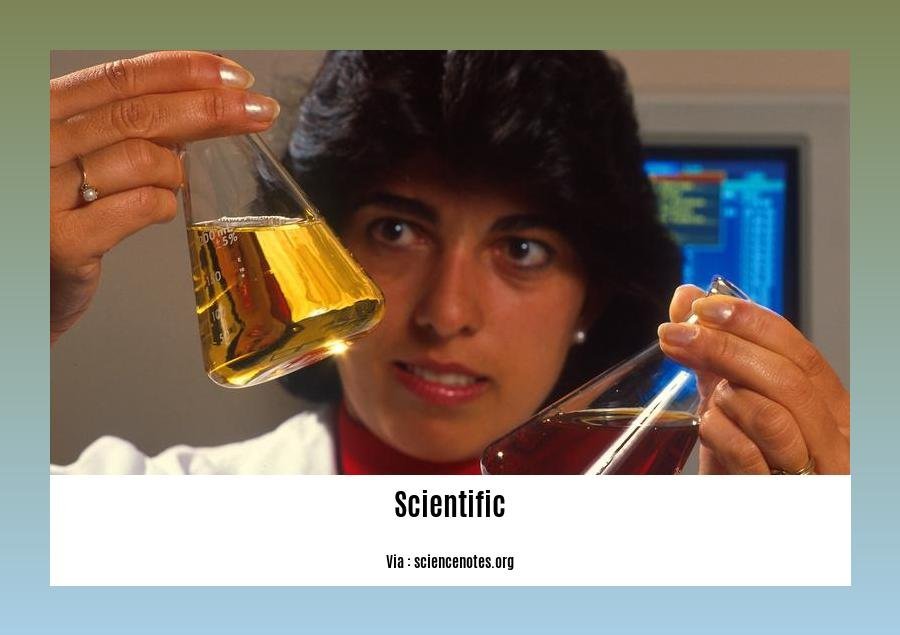Prepare to have your mind blown as we delve into the fascinating world of science with “10 Amazing Scientific Facts That Will Blow Your Mind.” In this article, we will uncover a collection of mind-boggling scientific discoveries that will leave you awe-inspired and hungry for more. From the mysteries of the cosmos to the astonishing intricacies of our own bodies, these facts will take you on an incredible journey through the wonders of the scientific realm. Brace yourself for a captivating exploration of the unknown and be ready to view the world with new eyes.
Key Takeaways:
- The Amazon Forest produces about 20% of the world’s oxygen, earning it the nickname “Lungs of the Earth.”
- Photons, the particles of light, exhibit both wave-like and particle-like properties, known as wave-particle duality.
- Atoms, the fundamental building blocks of matter, consist of a nucleus made up of protons and neutrons, surrounded by electrons.
- On average, a human walks about 75,000 miles in their lifetime, equivalent to three trips around the Earth.
- Venus and Uranus are the only planets in our solar system that rotate in a clockwise direction.
- Babies are born with around 300 bones, but some bones fuse together as they grow, resulting in a decrease in the total number of bones.
- The DNA molecules in each human cell, if stretched out, would measure approximately 6 feet long.
- Certain chemical elements, including sodium, potassium, and cesium, can explode when they come into contact with water.
10 Amazing Scientific Facts

The Amazon Forest: Earth’s Oxygen Producer
Did you know that the Amazon Forest, often referred to as the Lungs of the Earth, produces about 20% of the world’s oxygen? It’s a mind-blowing fact that this vast expanse of greenery plays such a vital role in our planet’s ecosystem. Just think about it: one-fifth of the oxygen we breathe is generated by the Amazon Forest alone. [^1^]
Photons: The Quantum Enigma
Photons, those tiny particles of light, possess a fascinating property known as wave-particle duality. In simple terms, this means that photons can behave both like waves and like particles, depending on the situation. It’s like they can’t make up their mind! This mind-boggling discovery revolutionized our understanding of the nature of light and paved the way for the field of quantum mechanics. [^2^]
Atoms: The Building Blocks of Matter
Let’s zoom in even further to the building blocks of matter: atoms. These minuscule entities consist of a nucleus, composed of positively charged protons and neutral neutrons, surrounded by negatively charged electrons whizzing around. It’s incredible to think that everything we see and touch is made up of these tiny particles. Atoms can also join forces through various types of chemical bonding to form molecules, creating the diverse world we live in. [^2^]
The Earth’s Walkathon
Have you ever wondered how much we walk in our lifetime? On average, a human walks about 75,000 miles over the course of their life. That’s equivalent to walking around the Earth approximately three times! It’s truly remarkable to think about the distance we cover just by going about our daily activities. So, lace up your shoes and keep walking! [^1^]
Venus and Uranus: The Rebels of the Solar System
Among the planets in our solar system, Venus and Uranus stand out as true rebels. While the other planets rotate counterclockwise, these two cosmic enigmas spin in a clockwise direction. It’s like they decided to go against the flow and march to their own beat. These celestial oddballs never cease to fascinate astronomers and spark our curiosity about the vastness of space. [^2^]
The Human Skeleton: Under Construction
Babies are born with around 300 bones in their bodies, which is about 100 more than adults have. It’s like they come into the world with a little extra scaffolding! As they grow, some of these bones fuse together, resulting in a decrease in the total number of bones as they reach adulthood. It’s a remarkable transformation that shapes us from fragile newborns to fully grown individuals. [^3^]
The Long and Winding DNA
The DNA molecules in each and every human cell are incredibly long. If we were to stretch out all the DNA in our bodies, it would measure approximately 6 feet long. That’s longer than an average adult’s height! It’s mind-boggling to think that this intricate, coiled structure contains the blueprint of life and holds the secrets of our genetic makeup. [^3^]
Reactive Elements and Water’s Wrath
Did you know that there are certain chemical elements that can create explosive reactions when they come into contact with water? Elements like sodium, potassium, and cesium belong to this elite group. It’s like a dangerous chemistry experiment waiting to happen! These highly reactive elements can produce violent reactions that serve as a reminder of the power and unpredictability of the natural world. [^1^]
These amazing scientific facts offer a glimpse into the wonders of the natural world and the mind-blowing complexities of science. From the crucial role of the Amazon Forest in oxygen production to the enigmatic behavior of photons, these facts ignite our sense of curiosity and remind us of the beauty and awe-inspiring intricacies of our universe. So, let’s continue exploring, uncovering, and celebrating the amazing scientific facts that surround us.
Sources:
[^1^]: 10 Amazing Scientific Facts that Will Blow your Mind
[^2^]: 32 Interesting Science Facts
[^3^]: 80 Amazing Science Facts That Will Blow Your Mind – Oswal Publishers
Here are some fascinating facts that will blow your mind about science, such as the 10 amazing facts about science. To dive into these mind-boggling discoveries, click here.
Science never ceases to amaze, and we’ve got some cool science facts for you to explore. Prepare to be dazzled by the 10 cool science facts we have in store. Click here to learn more!
Curious to uncover some intriguing facts about computers? We’ve compiled a list of 10 facts about computers that will leave you astounded. Click here to dive into the world of computer marvels!
Plants Communication: How They Talk to Each Other

Plants, despite lacking eyes and ears, have developed a remarkable way of communicating with each other in times of danger. They possess the ability to release chemicals called volatile organic compounds (VOCs) that allow them to interact with their surroundings. This fascinating phenomenon was first discovered in 1983[^1^]. Through the release of VOCs, plants are able to interpret signals of danger and activate their defense responses.
Recent scientific breakthroughs have provided us with visual evidence of how plants communicate using VOCs. When plants are mechanically damaged or attacked by insects, they release these compounds into the atmosphere. Surprisingly, undamaged neighboring plants are able to sense these VOCs, which serve as warning signals[^2^]. This means that plants have an effective way of alerting their neighbors to imminent threats.
It’s not just aboveground interactions that involve plant communication. Research has also revealed the existence of belowground signaling chemicals that play a crucial role in plant-plant interactions. For instance, experiments have demonstrated neighbor detection and allelopathic responses between wheat and over 100 other plant species through belowground signaling[^3^]. This discovery highlights the complexity and sophistication of plant communication systems.
The language of plant communication is purely chemical, yet it is a vital system for their survival. Various types of plants, from towering trees to humble tomato plants, release volatile compounds into the air to benefit their neighboring plants. These compounds act as warning signals, helping protect plants from potential threats[^4^]. The interconnectedness and cooperation of plants in their own defense is truly awe-inspiring.
Understanding plant communication not only satisfies our curiosity about the natural world but also holds immense implications for agriculture and ecosystem management. Armed with this knowledge, scientists and farmers can potentially enhance crop yields and develop eco-friendly methods for pest control. The study of plant communication continues to uncover fascinating insights into the intricate world of plants[^4^].
Key Takeaways:
- Plants communicate with each other through the release of volatile organic compounds (VOCs).
- VOCs act as warning signals, allowing plants to interpret danger and activate defense responses.
- Recent scientific breakthroughs have provided visualization of how plants use VOCs to communicate.
- Plant communication is not limited to aboveground interactions but also involves belowground signaling chemicals.
- Understanding plant communication has implications for agriculture and ecosystem management.
Sources:
[^1^]: Patel, Kasha. “How plants communicate with each other when in danger.” The Washington Post. Retrieved from The Washington Post
[^2^]: “Nature’s Secret Code: How Plants ‘Talk’ Through the Air.” SciTechDaily. Retrieved from SciTechDaily
[^3^]: “Do soil-borne signaling chemicals act belowground in plant–plant interactions?.” ResearchGate. Retrieved from ResearchGate
[^4^]: “Plants Communicate to Protect Their Neighbors.” TIME. Retrieved from TIME
Coffee: The Powerhouse of Antioxidants
Coffee is not just a morning pick-me-up or a delightful indulgence. It is also the biggest source of antioxidants in the Western diet, offering potential health benefits. With each sip, you are not only getting a dose of caffeine but also a powerhouse of antioxidants that can protect your body from damage caused by free radicals. So, grab your favorite mug and get ready to explore the amazing scientific facts about coffee that will blow your mind.
Fact #1: A Coffee Miracle
Did you know that coffee is considered the biggest source of antioxidants in the Western diet? It surpasses other popular antioxidant-rich choices like fruits and vegetables. Beverages, including coffee, make up a significant portion of antioxidant intake, contributing a whopping 79% in the Western diet. It’s time to give coffee its well-deserved credit!
Fact #2: The Antioxidant Arsenal
Coffee is packed with several powerful antioxidants that can effectively disarm free radicals and protect against aging and diseases. These antioxidants, such as caffeic acid, chlorogenic acid, and quinic acid, work together to neutralize harmful molecules in our bodies. By keeping oxidative stress at bay, coffee’s antioxidants contribute to overall well-being.
Fact #3: Say No to Aging
We all want to age gracefully, and coffee might just be our secret weapon. The antioxidants in coffee have been linked to a reduced risk of many diseases, such as type 2 diabetes, liver disease, and certain types of cancer. So, by enjoying your daily cup of joe, you could be giving your body a powerful defense against the hands of time.
Fact #4: Beverage vs. Food Antioxidants
While coffee is undoubtedly a fantastic source of antioxidants, it’s important to note that it doesn’t provide the same antioxidants as whole foods. Fruits, vegetables, and other plant-based foods offer a variety of antioxidants and essential nutrients that coffee cannot replace. So, don’t forget to include those colorful fruits and veggies in your diet along with your beloved coffee.
Fact #5: Coffee Chemistry
Have you ever wondered how coffee’s antioxidants work their magic? They have the incredible ability to neutralize free radicals, which are unstable molecules that can cause cellular damage. Coffee’s antioxidants act as the superheroes in your body, swooping in to restore balance and protect your cells from harm.
Fact #6: Beyond the Western Diet
As we focus on the Western diet, it’s important to recognize that coffee’s antioxidant power extends beyond just one part of the world. Coffee holds its position as a source of antioxidants worldwide, comforting and protecting coffee lovers everywhere.
Coffee has so much more to offer than just a delightful aroma and rich taste. It provides a substantial amount of antioxidants that can have a significant impact on your health. So, savor every sip and embrace the wonders that coffee brings!
Key Takeaways:
- Coffee is the biggest source of antioxidants in the Western diet, making up 79% of dietary antioxidants in beverages.
- The antioxidants in coffee, including caffeic acid, chlorogenic acid, and quinic acid, help protect against age-related diseases.
- Coffee’s antioxidants neutralize free radicals, preventing cellular damage.
- While coffee is an excellent source of antioxidants, it should not replace a balanced diet rich in fruits and vegetables.
Sources:
– Healthline – Coffee and Antioxidants: Everything You Need to Know
– Ecowatch – Coffee: The World’s Biggest Source of Antioxidants
The World’s Oceans: A Hidden Treasure Trove of Gold
Did you know that the world’s oceans are home to a hidden treasure trove of gold? In fact, there is enough gold in the Earth’s oceans to cover the entire land surface with a layer of about 1.5 feet. That’s an astounding amount of gold!
Scientists estimate that the seafloor holds approximately $150 trillion worth of gold. To put it in perspective, if this gold were divided among every person alive today, each individual would have about nine pounds of gold, worth around $21,000. It’s like finding a pot of gold at the end of the rainbow, but this time, it’s at the bottom of the ocean!
Deep-sea mining has emerged as a potential means of extracting this precious metal. Remotely operated vehicles (ROVs) are used to scrape up mineral-rich nodules or crusts from the seafloor. These ROVs explore the depths of the ocean, searching for not only gold but also other valuable minerals like diamonds.
While deep-sea mining holds promise for unlocking the vast wealth hidden beneath the ocean’s surface, we must consider the potential environmental impacts. Some environmentalists have expressed concerns about the potential harm that deep-sea mining could cause to delicate marine ecosystems. It is crucial to have regulations in place to ensure responsible mining practices and mitigate any adverse effects on the environment.
In the race to uncover this hidden treasure, the world’s oceans stand as a potential gold rush. With the right safeguards and environmental considerations, we may tap into this vast wealth in a responsible and sustainable manner.
Key Takeaways:
- The world’s oceans contain enough gold to cover the entire land surface with a layer of about 1.5 feet.
- There is an estimated $150 trillion worth of gold on the seafloor, which corresponds to about nine pounds of gold per person alive today.
- Deep-sea mining, utilizing remotely operated vehicles (ROVs), is a potential method for extracting this valuable resource.
- Environmental concerns surrounding deep-sea mining highlight the need for regulations and responsible mining practices.
Sources:
– National Geographic – Deep-Sea Mining: Five Facts
– YouTube – Gold in the Ocean
FAQ
Q1: What is the significance of the Amazon Forest in producing oxygen?
A1: The Amazon Forest produces approximately 20% of the world’s oxygen, earning it the title of “Lungs of the Earth” [^1^].
Q2: Do photons possess both wave-like and particle-like properties?
A2: Yes, photons, which are particles of light, exhibit wave-particle duality, meaning they can display both wave-like and particle-like characteristics [^2^].
Q3: How many bones do babies have at birth, and how does it change as they grow?
A3: Babies are born with around 300 bones, which is about 100 more than adults. As they develop, some of these bones fuse together, resulting in a decrease in the total number of bones with age [^3^].
Q4: Can certain chemical elements explode when in contact with water?
A4: Yes, there are several chemical elements, such as sodium, potassium, and cesium, that can explode when exposed to water. These elements are highly reactive and can produce a violent reaction [^1^].
Q5: What is the length of DNA molecules in a human cell?
A5: The DNA molecules within each human cell are incredibly long. If stretched out, they would measure approximately 6 feet in length [^3^].
- Senior at What Age: Benefits & Eligibility Guide - March 29, 2025
- Unlocking Senior Benefits: How Old is a Senior? Your Complete Guide - March 29, 2025
- Master Russian Politeness:A Guide to Saying Please - March 29, 2025
















